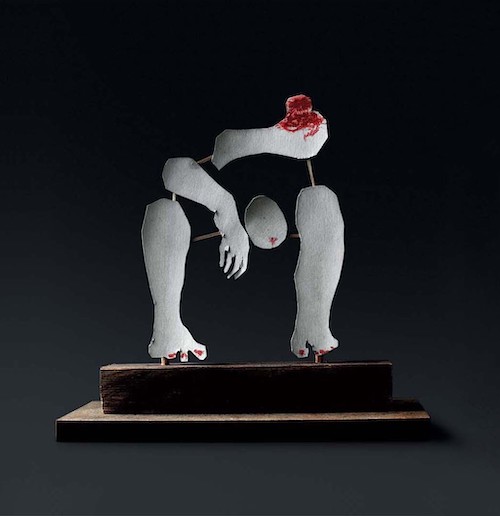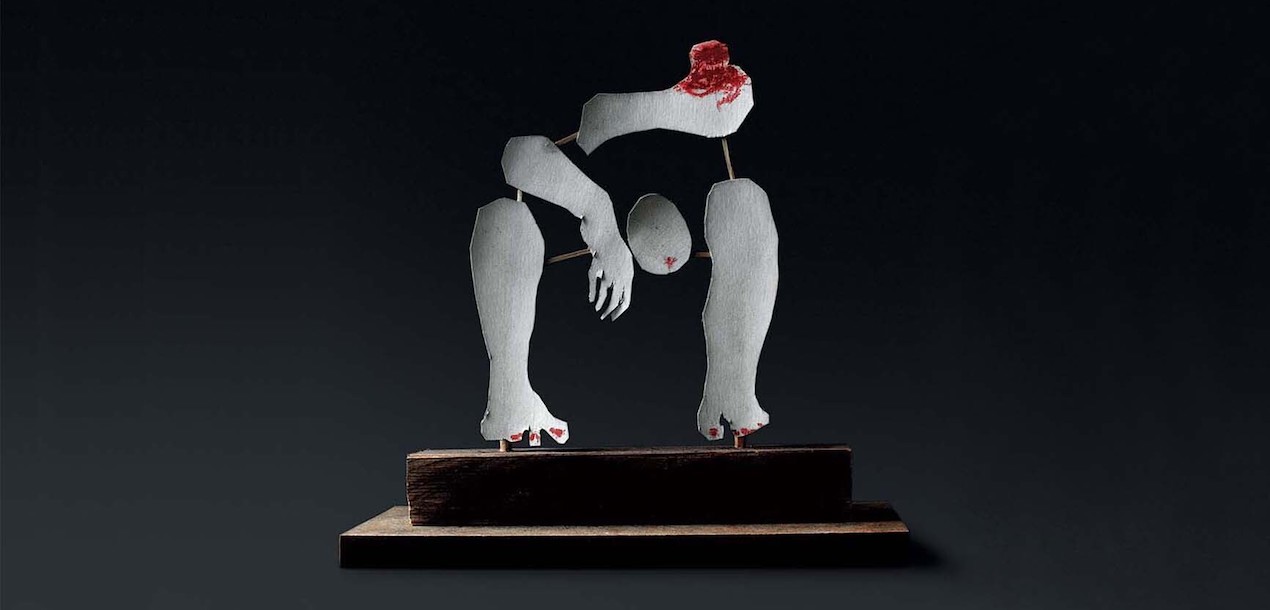En cours
A Venir
Billetterie
Collections en ligne
Actualités
Boutique
Restaurants et privatisation


Robert Couturier
Celebrates 100 years at the Musée Maillol
Valérie Da Costa
From June 23rd to September 12th 2005, the Musée Maillol is hosting a retrospective exhibition of the work of sculptor Robert Couturier, who is celebrating his centenary this year. The event is particularly special in that Robert Couturier is the first French artist to celebrate their hundredth birthday by attending the exhibition dedicated to them in person.
This exhibition brings together around one hundred sculptures and twenty drawings spanning the artist’s long career, which began in the early 1920s and continued into the early 21st century.
Robert Couturier is the last of a generation of French sculptors from the 1950s (Germaine Richier, Alberto Giacometti, etc.) who, during the Second World War, chose to turn their attention to the human figure and renew its representation. Couturier is the only remaining witness to this aesthetic, which was established during these years and presented on the international scene through biennials (Venice, São Paulo, Antwerp, etc.) and numerous exhibitions.
The artist was quickly noticed in his early years. First of all by Aristide Maillol (1861-1944) when he was awarded the Blumenthal Prize in 1928. Maillol was attracted by what he called the “poorly formed” aspect of Robert Couturier’s sculpture. The young sculptor became his pupil and then his friend. His first sculptures reflect Maillol’s influence. They are ample, wide and generous in their volumes. The female nude became his main source of inspiration, which he continued to interpret throughout his life.
Couturier’s work is uniquely built on a language that allows various forms to coexist (stretched, solid, hollow), like so many interchangeable means of expression that pervade his works and affirm his refusal to confine himself to the development of a single aesthetic orientation.
His sculptures feature a diversity of materials that have coexisted over time: stones, plasters, bronzes and assembled sculptures made from all sorts of supports salvaged from chance encounters. His latest pieces testify to the incredible liveliness and renewal of his work.
The artist’s work ranges from small assemblages made from almost nothing, using salvaged and misappropriated objects (Femme pistache, 2002; Le Peignoir, 2001-2002) to monumental sculptures (Femme abri, 2002).
From June 23rd to September 12th 2005, the Musée Maillol is hosting a retrospective exhibition of the work of sculptor Robert Couturier, who is celebrating his centenary this year. The event is particularly special in that Robert Couturier is the first French artist to celebrate their hundredth birthday by attending the exhibition dedicated to them in person.
This exhibition brings together around one hundred sculptures and twenty drawings spanning the artist’s long career, which began in the early 1920s and continued into the early 21st century.
Robert Couturier is the last of a generation of French sculptors from the 1950s (Germaine Richier, Alberto Giacometti, etc.) who, during the Second World War, chose to turn their attention to the human figure and renew its representation. Couturier is the only remaining witness to this aesthetic, which was established during these years and presented on the international scene through biennials (Venice, São Paulo, Antwerp, etc.) and numerous exhibitions.
The artist was quickly noticed in his early years. First of all by Aristide Maillol (1861-1944) when he was awarded the Blumenthal Prize in 1928. Maillol was attracted by what he called the “poorly formed” aspect of Robert Couturier’s sculpture. The young sculptor became his pupil and then his friend. His first sculptures reflect Maillol’s influence. They are ample, wide and generous in their volumes. The female nude became his main source of inspiration, which he continued to interpret throughout his life.
Couturier’s work is uniquely built on a language that allows various forms to coexist (stretched, solid, hollow), like so many interchangeable means of expression that pervade his works and affirm his refusal to confine himself to the development of a single aesthetic orientation.
His sculptures feature a diversity of materials that have coexisted over time: stones, plasters, bronzes and assembled sculptures made from all sorts of supports salvaged from chance encounters. His latest pieces testify to the incredible liveliness and renewal of his work.
The artist’s work ranges from small assemblages made from almost nothing, using salvaged and misappropriated objects (Femme pistache, 2002; Le Peignoir, 2001-2002) to monumental sculptures (Femme abri, 2002).
From June 23rd to September 12th 2005, the Musée Maillol is hosting a retrospective exhibition of the work of sculptor Robert Couturier, who is celebrating his centenary this year. The event is particularly special in that Robert Couturier is the first French artist to celebrate their hundredth birthday by attending the exhibition dedicated to them in person.
This exhibition brings together around one hundred sculptures and twenty drawings spanning the artist’s long career, which began in the early 1920s and continued into the early 21st century.
Robert Couturier is the last of a generation of French sculptors from the 1950s (Germaine Richier, Alberto Giacometti, etc.) who, during the Second World War, chose to turn their attention to the human figure and renew its representation. Couturier is the only remaining witness to this aesthetic, which was established during these years and presented on the international scene through biennials (Venice, São Paulo, Antwerp, etc.) and numerous exhibitions.
The artist was quickly noticed in his early years. First of all by Aristide Maillol (1861-1944) when he was awarded the Blumenthal Prize in 1928. Maillol was attracted by what he called the “poorly formed” aspect of Robert Couturier’s sculpture. The young sculptor became his pupil and then his friend. His first sculptures reflect Maillol’s influence. They are ample, wide and generous in their volumes. The female nude became his main source of inspiration, which he continued to interpret throughout his life.
Couturier’s work is uniquely built on a language that allows various forms to coexist (stretched, solid, hollow), like so many interchangeable means of expression that pervade his works and affirm his refusal to confine himself to the development of a single aesthetic orientation.
His sculptures feature a diversity of materials that have coexisted over time: stones, plasters, bronzes and assembled sculptures made from all sorts of supports salvaged from chance encounters. His latest pieces testify to the incredible liveliness and renewal of his work.
The artist’s work ranges from small assemblages made from almost nothing, using salvaged and misappropriated objects (Femme pistache, 2002; Le Peignoir, 2001-2002) to monumental sculptures (Femme abri, 2002).
Mentions légales | CGU | Données personnelles | Gestion des cookies
Musée Maillol, 2021
Mentions légales | CGU | Données personnelles | Gestion des cookies
Musée Maillol, 2021